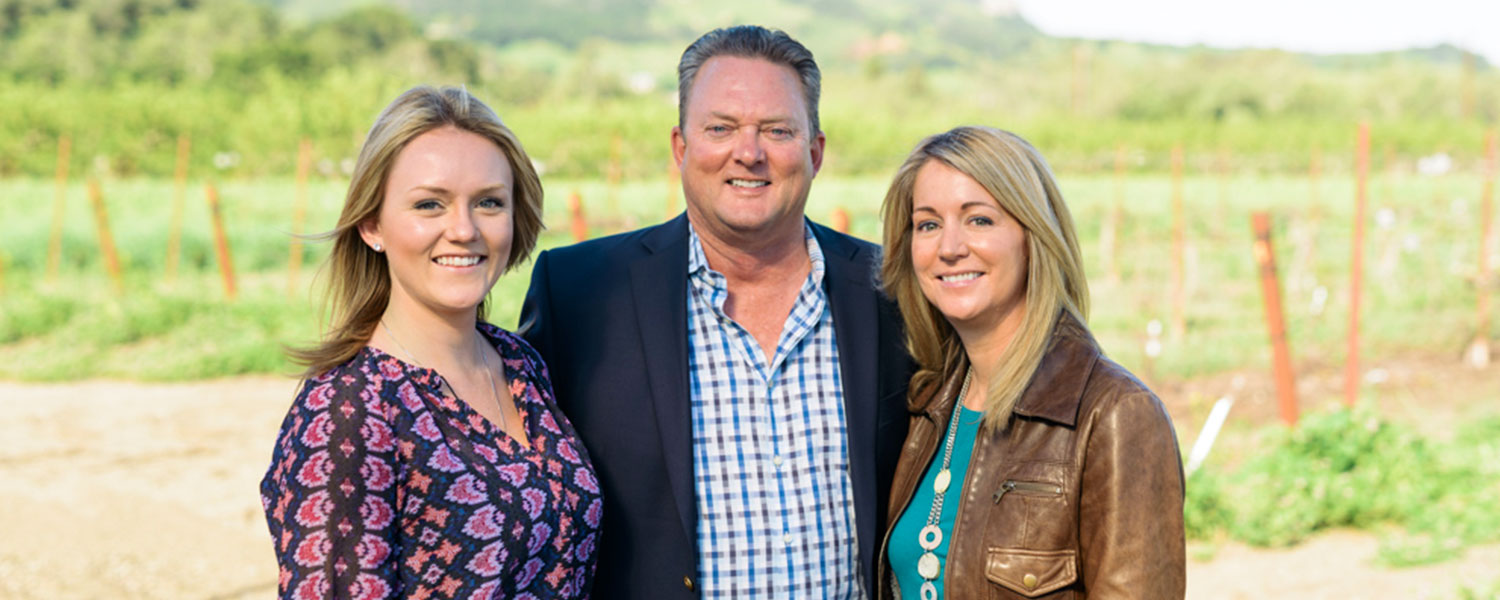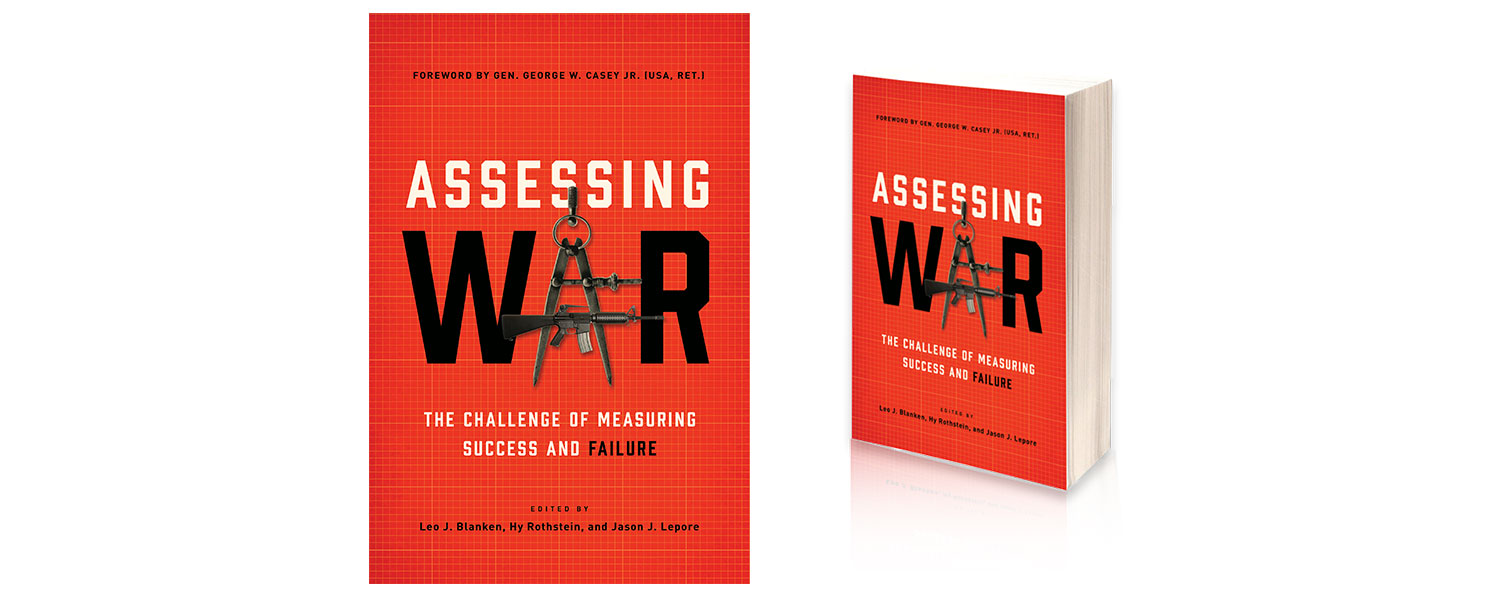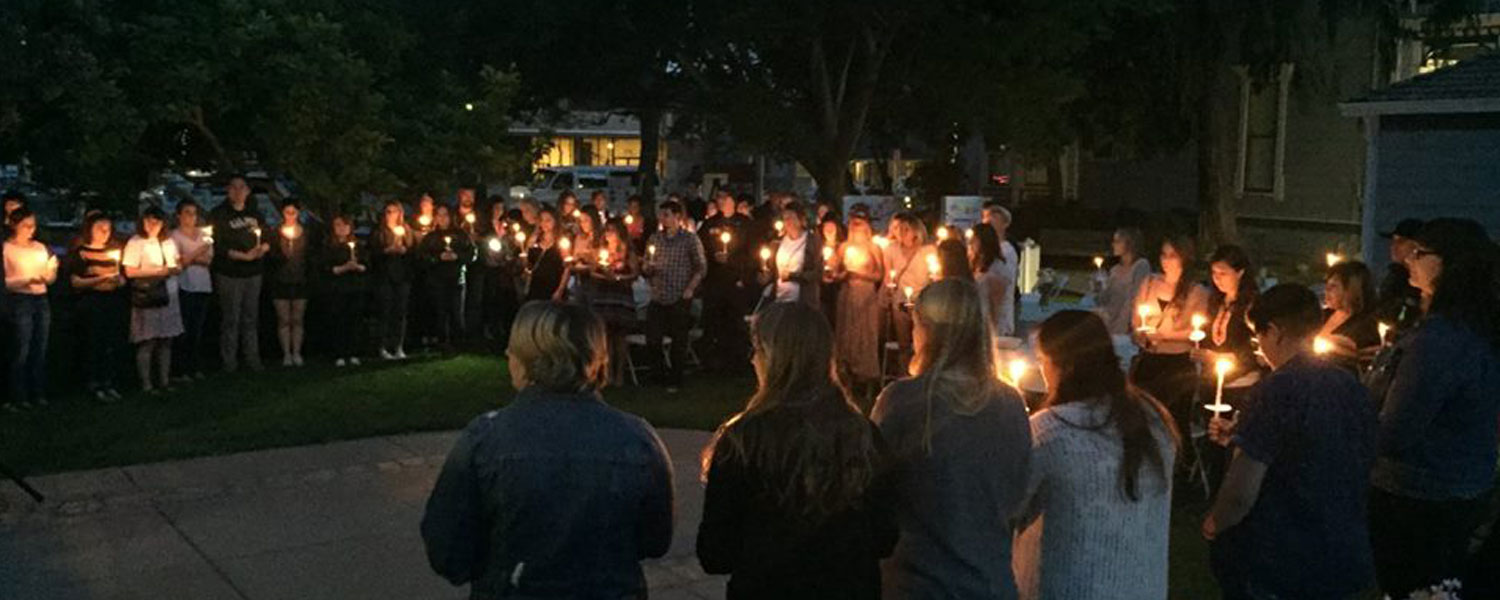cal poly news
Jodi Christiansen – Finding Beauty in Black Holes
Interview by Rachel Henry
Physics Professor Jodi Christiansen studies gamma rays from the most extreme environments in the universe — the areas around black holes. These environments can teach us what the early universe might have been like. Cal Poly Magazine sat down with Christiansen to find out what inspires her to pursue knowledge about our very distant past.
Cal Poly Magazine: What can the history of the cosmos tell us about today’s universe?
Christiansen: We know that the molecules on Earth, the atoms themselves, had to come out of a supernova in the past. So the fact is, we are made of stardust.
Can we figure out what’s coming next?
The equations that tell us how we got to right now also project into the future, so we know that the universe is going to continue expanding. Things are going to get very cold and very far apart, and in another 32 billion years, the universe is going to die a very cold and lonely death.
Why did you choose cosmology?
I’m hooked on finding things we’ve never seen before. I’ve worked a number of times on searches for dark matter. It would be terribly exciting to find the next form of matter that hasn’t been discovered.
What can non-scientists appreciate about this exploration?
To the extent that we love finding truth and seeing beauty, I see those in the cosmos. I think the human spirit comes to life when we think about things that are beyond what we ate this morning and the clothes we put on. The universe gets very beautiful when we are allowed the opportunity to go and study it.





